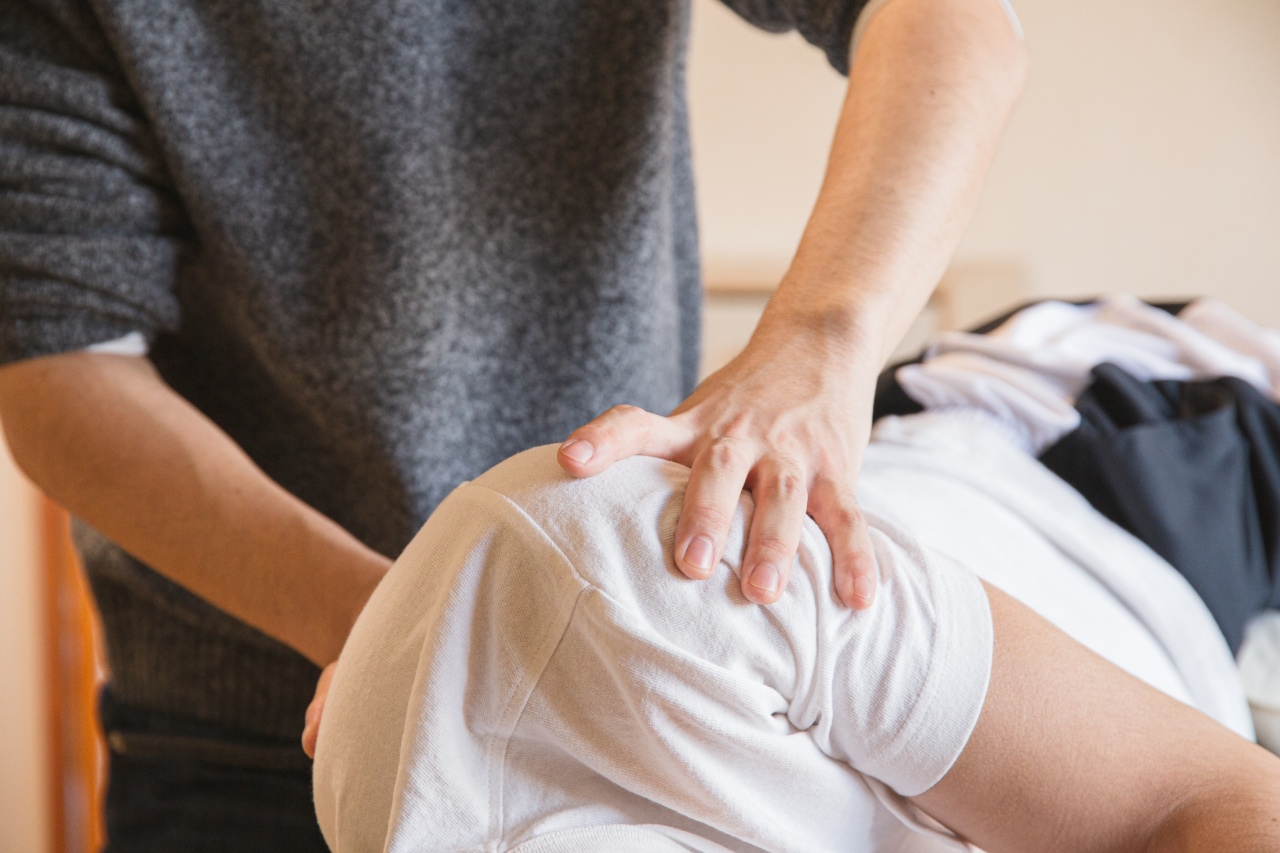Have you ever heard someone blame their joint pain on the weather? It’s a common belief that changes in weather, particularly temperature and humidity, can cause joint pain. However, is there any truth to this claim? Let’s take a closer look.
What Causes Joint Pain?
Joint pain can be caused by a variety of factors, including injury, overuse, or underlying conditions such as osteoarthritis, rheumatoid arthritis, or gout.
Joint pain occurs when the cartilage within the joint starts to wear down, resulting in friction between bones and inflammation of the surrounding tissues.
Is There a Link Between Weather and Joint Pain?
Despite the commonly held belief that weather can cause joint pain, there is actually very little evidence to support this claim.
According to a study published in the Journal of Pain, there is no conclusive evidence that changes in weather, including temperature, humidity, or barometric pressure, have any significant impact on joint pain.
While some people may feel that their joint pain increases during certain weather conditions, this may be due to other factors, such as changes in physical activity, diet, or sleep patterns that occur during these times.
What Causes the Perception of Joint Pain during Certain Weather Conditions?
It is believed that the perception of joint pain during certain weather conditions may be due to a phenomenon known as “placebo response”.
This occurs when a person has a psychological response to a treatment or intervention, even if the treatment has no actual physical effect on their condition.
In the case of joint pain and weather, a person may believe that changes in weather will cause their joint pain to flare up, and as a result, may experience an increase in pain during these times.
What Can Cause Joint Pain?
While weather may not be a direct cause of joint pain, there are several factors that can contribute to the development of this condition. These include:.
- Injury or trauma to the joint
- Overuse or repetitive stress on the joint
- Age-related wear and tear on the joint
- Obesity, which can put added stress on the joints
- Genetic factors
- Underlying conditions such as osteoarthritis, rheumatoid arthritis, or gout
How Can You Treat Joint Pain?
If you are experiencing joint pain, there are several treatments that may be effective in reducing your symptoms. These include:.
- Physical therapy to strengthen the muscles surrounding the affected joint
- Pain-relieving medications, such as over-the-counter pain relievers or prescription medications
- Hot or cold therapy, which can help reduce inflammation and relieve pain
- Weight loss, if you are overweight, to reduce stress on the joints
- Surgery, in severe cases, to repair or replace the damaged joint
Conclusion: Debunking the Myth
While it may be tempting to blame joint pain on changes in the weather, there is very little evidence to support this claim. Instead, joint pain is more likely to be caused by underlying conditions or factors such as injury, overuse, or obesity.
If you are experiencing joint pain, it’s important to speak with your healthcare provider to determine the underlying cause and develop an effective treatment plan.
Remember, there’s no need to suffer in silence – there are plenty of treatments available that can help relieve your symptoms and get you back to doing the activities you love.






























